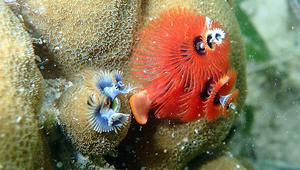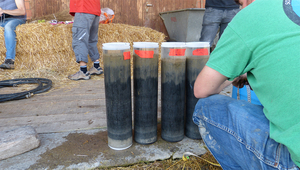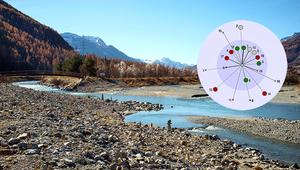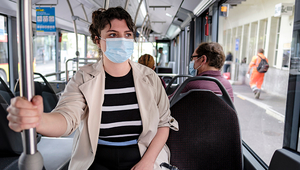Archive News
November 19, 2020
November 18, 2020
November 12, 2020
November 3, 2020
October 29, 2020
October 22, 2020
October 15, 2020
October 6, 2020
October 1, 2020

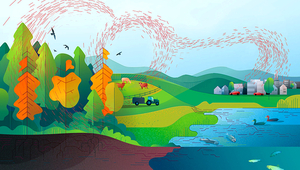
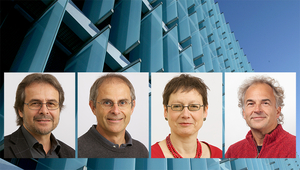
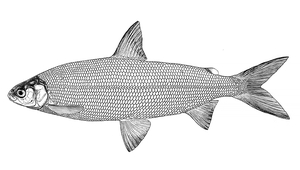
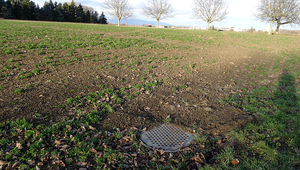
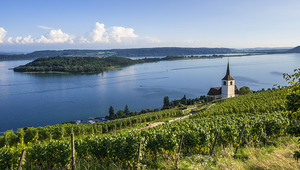
![[Translate to English:] Messkampagne im März 2018 auf dem Kivu-See, Ostafrika. (Foto: Eawag) [Translate to English:] Messkampagne im März 2018 auf dem Kivu-See, Ostafrika. (Foto: Eawag)](/fileadmin/_processed_/7/8/csm_teaser_b45e39fad9.jpg)
